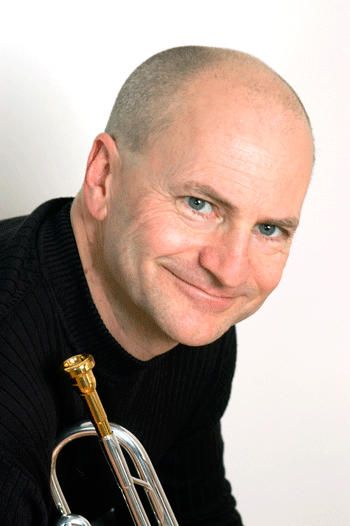In the July/August 2010 issue, I touched on tongue levels briefly (“Tongue Talk”). This column will expand on the topic.
The tongue works in conjunction with the breathing muscles to determine air velocity. You control the arch of your tongue by using syllables:
- “aa” places the tongue low in the mouth
- “oo” raises the tongue to the middle of the mouth
- “ee” or “ich” raises the tongue high in the mouth
Register
As you arch the middle/back of your tongue upwards, the air speed is increased, thus it stands to reason that “aa” is for low notes, “oo” for the middle register and “ee” for the upper register.
The tongue level is infinitely variable, however, and there is no absolute tongue position for a given note.
What might be a high note for one player, requiring a raised tongue position, might not be so high for another. If you were to slur an octave between two notes in the mid-register, you would emphasize the syllable change (“aa-ee”) to help execute the slur, even though both notes might individually be played with a medium tongue level.
Pitch
The effect of syllables on pitch can be readily demonstrated with your voice. Sing a low note with the syllable “aa.” Quickly change to a high note with the same syllable (“aa-aa”). Now try the same thing with an “ee” syllable for the high note (“aa-ee”). Go back and forth (“aa-ee-aa-ee-aa”). Aside from the fact that you sound like a donkey, notice how much easier it is to sing the high note when you change the syllable and how much more strain is involved when you don’t, particularly in the throat and neck.
The effect is exactly the same when playing: a higher tongue level will contribute to a sense of ease when playing notes in the upper register.
Tone
The syllables have an effect on tone as well. The lower tongue position emphasizes the lower partials and creates a darker, more resonant sound appropriate to the low register. The higher tongue position emphasises the upper partials, giving it a bright edge, appropriate to the upper register.
About the Author
Chase Sanborn is a jazz trumpet player based in Toronto. He is on the faculty at the University of Toronto and is the author of “Brass Tactics,” “Jazz Tactics,” “Tuning Tactics” and “Music Business Tactics.” Chase is a Yamaha Artist. Visit his website at www.chasesanborn.com.


